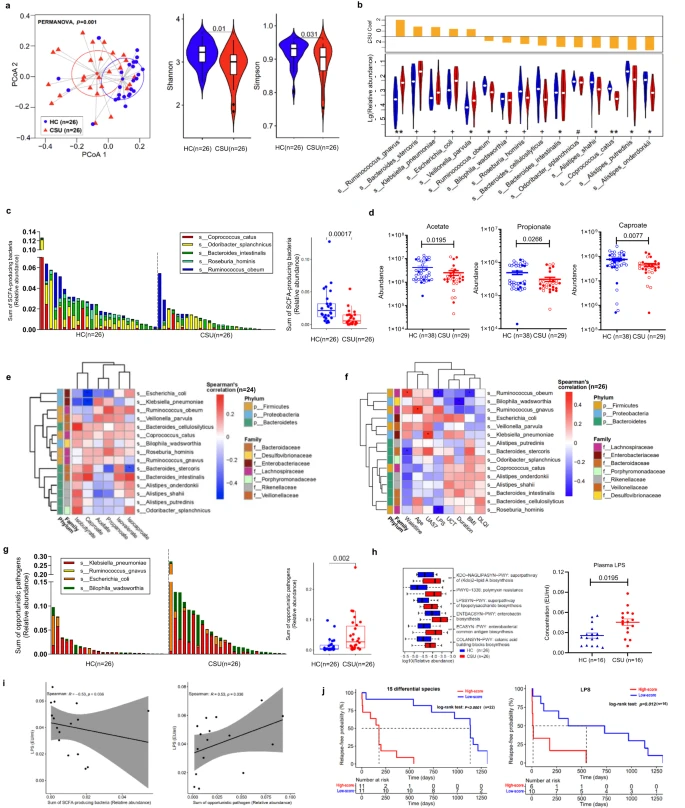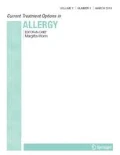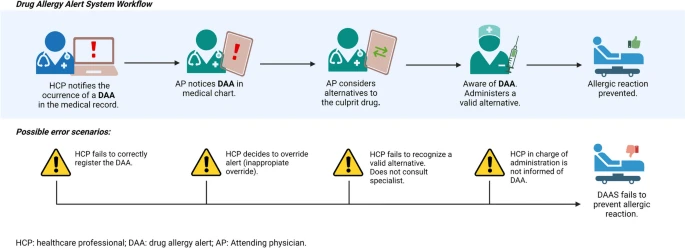Goh, Si Hui MRCPCH; Lee, May Ping MRCPCH; Chong, Kok Wee MRCPCH. Singapore Medical Journal ():10.4103/singaporemedj.SMJ-2022-159, January 12, 2024. | DOI: 10.4103/singaporemedj.SMJ-2022-159
INTRODUCTION
The prevalence of food allergy is increasing globally.[1] While patients and caregivers practice dietary avoidance at the dining table, they may lower their guard at the pharmacy and medical office. Conversely, doctors are primed to look out for drug allergies, but some may not be aware of food allergies and the hidden dangers of food-derived excipients in commonly prescribed medications. Food-containing drugs lead to iatrogenic reactions in food allergic patients. Prescription of food allergen-containing medications during an acute illness, such as a fever or cold, places the patient at high risk of severe reaction.









